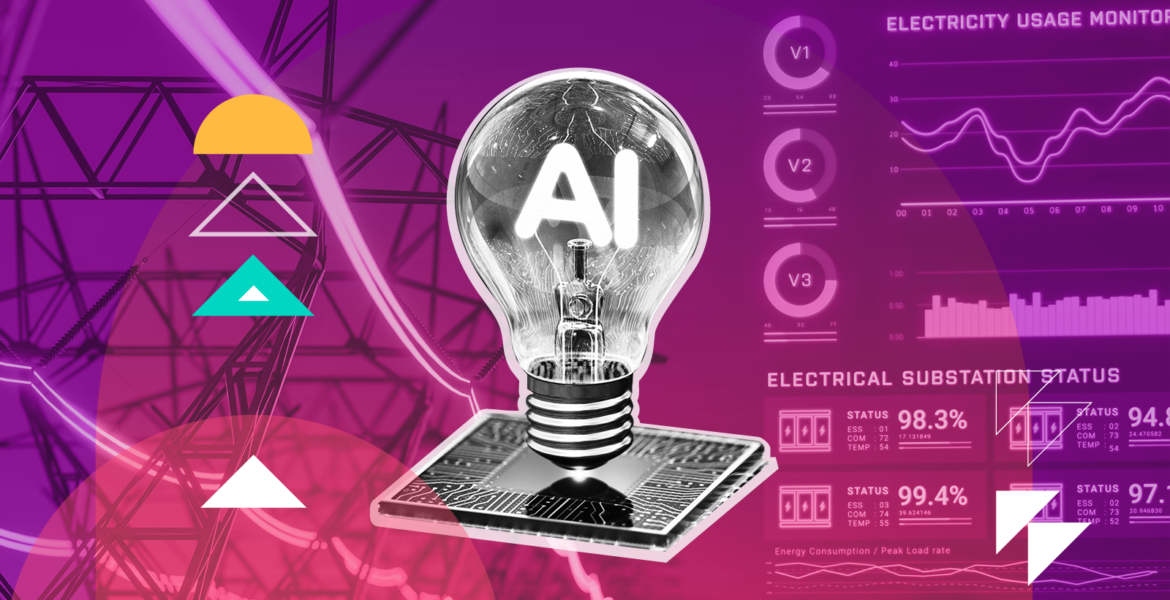By Gilles Cochez, Head of Engineering, 51toCarbonZero
It’s not possible to know exactly how prolific the use of AI is in the media, marketing and advertising (MMA) industries, but research has found that in marketing alone, the global revenue of AI usage reached 36 billion dollars in 2024.
AI has proved a gamechanger for MMA by significantly streamlining processes, creating content and creatives, and enhancing the ability of technology used in the development, distribution and analysis of advertising. But AI isn’t a sustainable technology, at least in the way it’s built today
According to research, a single query on ChatGPT consumes almost ten times the energy a Google search requires. The extensive use of ChatGPT and other energy-heavy Gen AI platforms in MMA is significantly contributing to the sector’s energy consumption.
It’s not realistic however for those working in MMA to stop using Gen AI. But is there a way it can be used more sustainably, yet still as effectively?
Why is the use of AI such a problem?
In its current form, Gen AI is the least sustainable digital tech that’s ever been developed. The rate at which it’s proliferating is rapidly increasing energy consumption and its growth has resulted in a soaring necessity for data centres, some of which are powered by fossil fuels and significantly contribute to climate damage. According to McKinsey & Company, demand for AI-ready data center capacity will rise at an average rate of 33 percent a year between 2023 and 2030 and unless efforts are made to minimize the environmental impact of these, it could be catastrophic for the climate.
Big Tech including Google, Microsoft, Meta and Apple have already at least doubled their carbon emissions through AI investments and infrastructure. In Google’s 2024 Environmental Report, it stated its greenhouse gas emissions were 48% higher in 2023 than 2019 and by now it’s likely these have increased significantly more. What’s more, a report by the Guardian suggests that data centre emissions could be 662% higher than big tech claims.
One of the biggest issues when it comes to understanding how MMA’s use of Gen AI tech is impacting the environment, is that regardless which platform companies in these industries use, there is a major lack of transparency around the amount of carbon being emitted.
What action can the MMA industry take?
MMA has long been committed to reducing its environmental impact. The AdNet Zero initiative was established in 2020 as a response to the climate emergency and since then, huge numbers of MMA companies have established action plans to reduce their emissions with many making significant progress to date.
These commitments must not be reneged on in favor of adopting more sophisticated AI technology. It is possible to use Gen AI sustainability and key to this is better education around it. In particular, understanding how individual AI models work is critical, as the model used can dramatically impact the amount of carbon generated. For instance, large language models (LLM) such as ChatGPT, Google’s Gemini, and Meta’s Llama are much more carbon intensive than small language models (SLM). For most businesses, SLMs would achieve their needs without the requirement for any LLMs. SLMs are actually much faster and have less bias than LLMs because they are trained on controlled data sets, rather than the internet. They’re also cheaper to use than LLMs, so MMA companies can reduce expenditures as well as emissions.
Another way MMA industries can help reduce their environmental impact is by improving transparency into AI’s carbon emissions by using it directly. The challenge of measuring the impact of AI usage lies in the indirect use of AI tools. While it’s straightforward to track AI usage when directly interacting with models, it becomes significantly harder when using AI agents or assistants. These tools often obscure the underlying technology, hosting location, and other crucial details, making it difficult to assess their overall impact. This opacity creates a supply chain problem where the end-user is unaware of the AI’s full lifecycle.
It is also possible for MMA to utilize AI in a green way. For instance, Gen AI can be used to monitor the media creation process to ensure that the deliverable is optimised for a reduced impact, or to ensure campaigns are precision targeted thus reducing unnecessary ad impressions.
For any MMA companies that aren’t sure where to start with sustainability, there are climate platforms operating specifically within the MMA space that can help businesses significantly reduce their carbon emissions and carve a pathway to net zero.
The business benefits are clear
A significant point when it comes to sustainability that isn’t talked about enough, is that the more sustainable a company, the greater the business benefits.
Being truly eco-friendly isn’t just good for the climate, it also builds trust with clients and consumers who value environmental responsibility. As more people become aware of the impact of their choices on the planet, there is a growing demand for businesses that not only talk about sustainability but also actively incorporate it into their practices. And the same goes for partners of those companies.
There’s been a big drive to decarbonize media and advertising through reducing scope 3 emissions and these are the greenhouse gases that occur within a company’s supply chain. While AI is only one part of this, the use of AI can be highly carbon intensive if companies aren’t working with sustainable partners. So there’s an onus on MMA businesses to check the credentials of any AI platforms they use.
For early adopters of sustainable business practices, there’s a unique opportunity to gain a competitive edge in the crowded MMA space.
Gen AI has brought great benefits to MMA, but unless brands, publishers, agencies and vendors take action to use it more sustainably, AI usage could turn the climate emergency into catastrophe.








